Incorporating yoga into your daily routine can significantly enhance both your mental and physical well-being. Among the various forms of yoga, seated yoga poses stand out due to their accessibility and effectiveness. Whether you are a beginner or an experienced practitioner, these poses offer a range of benefits that cater to different needs. In this article, we delve into the world of seated yoga poses, exploring their advantages, techniques, and how to integrate them into your practice.
Table of Contents
Benefits of Seated Yoga Poses
Seated yoga poses are particularly beneficial for individuals seeking to improve flexibility, enhance concentration, and reduce stress. These poses allow you to focus on your breath and maintain a meditative state, promoting mental clarity and relaxation. Moreover, they provide a gentle yet effective stretch to various muscle groups, aiding in the release of tension and improvement of posture.
Essential Seated Yoga Poses
Seated Forward Bend (Paschimottanasana)
The Seated Forward Bend is a fundamental pose that provides a deep stretch to the hamstrings, spine, and shoulders. To perform this pose:
- With your legs out in front of you, take a seat.
- Inhale, lengthening your spine.
- Exhale and slowly hinge at your hips, reaching for your feet or shins.
- Hold the pose, focusing on your breath, and gradually deepen the stretch.
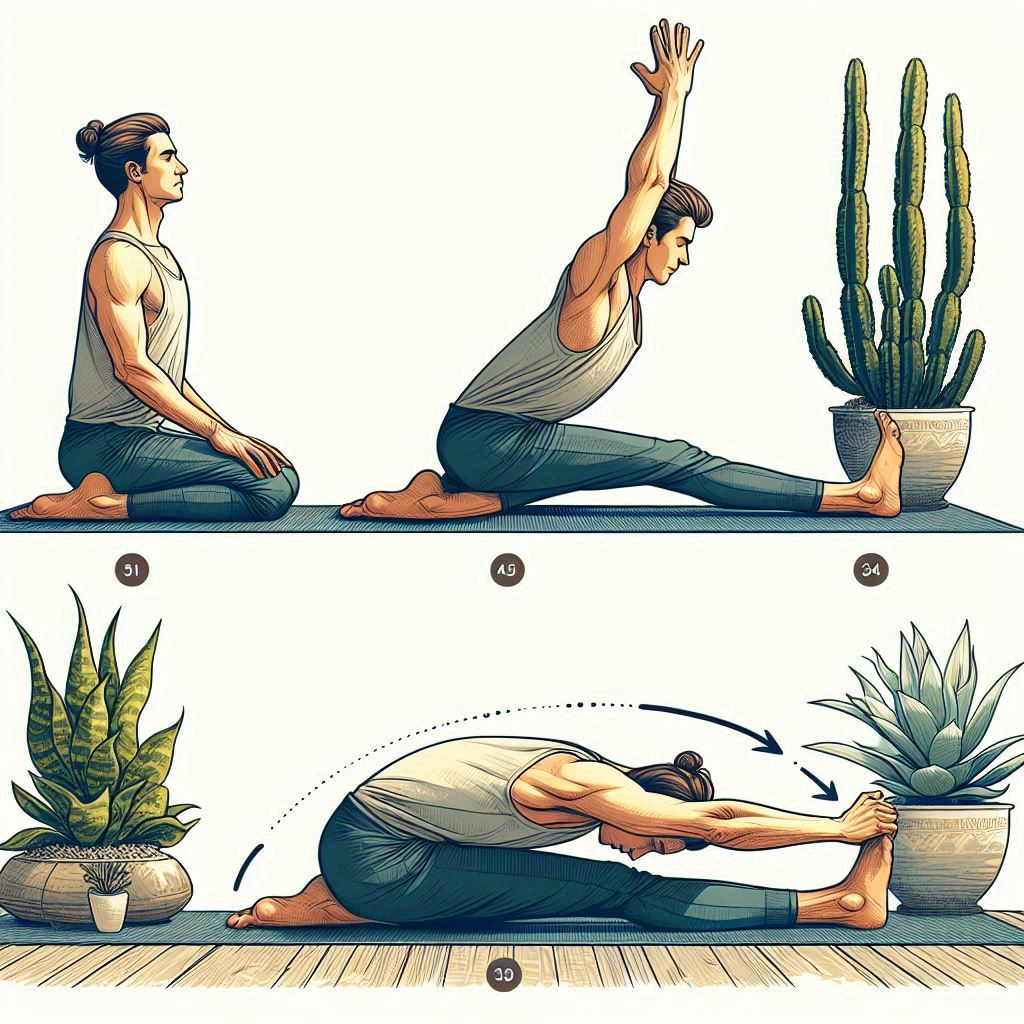
Bound Angle Pose (Baddha Konasana)
The Bound Angle Pose is excellent for opening the hips and groin area. Follow these steps to practice this pose:
- Sit with your legs extended, then bend your knees, bringing the soles of your feet together.
- Gently press your knees toward the floor while using your hands to hold your feet.
- Keep your back straight and breathe deeply, feeling the stretch in your inner thighs.
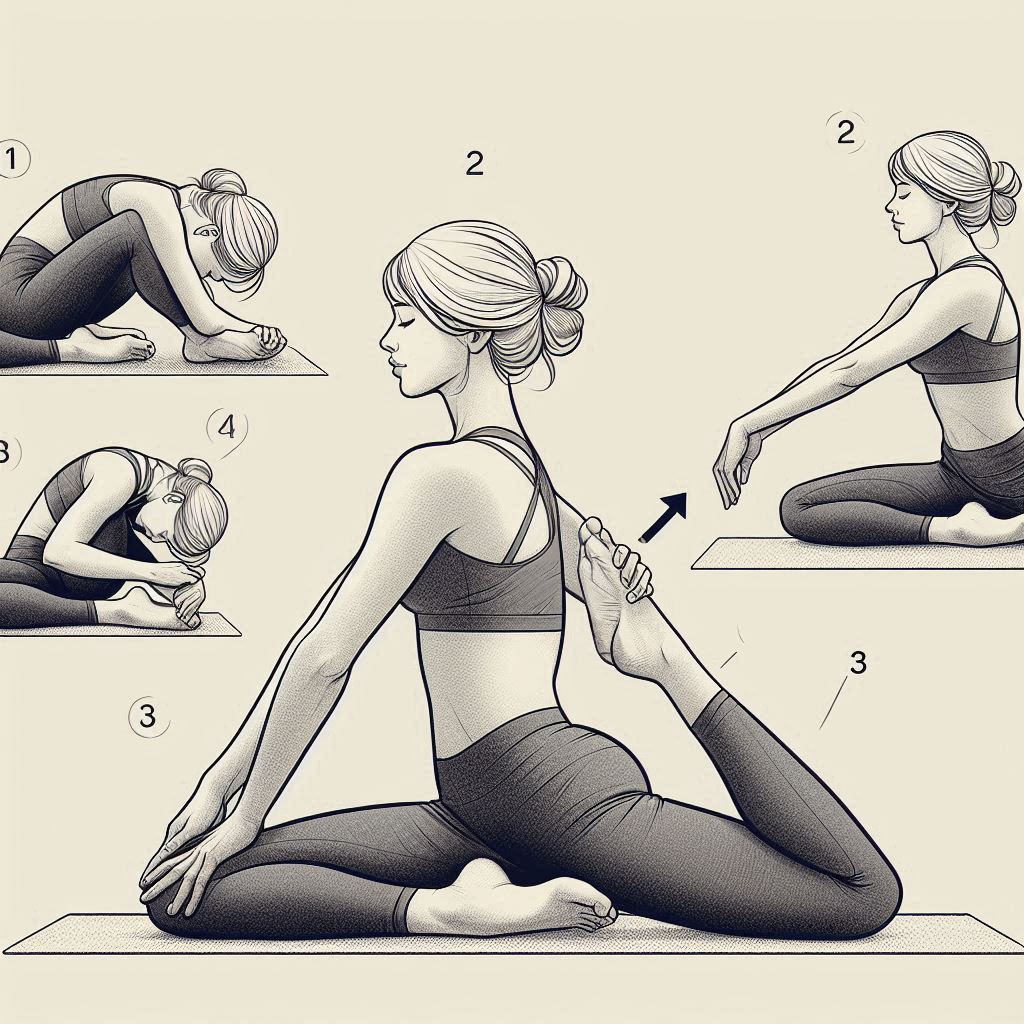
Easy Pose (Sukhasana)
The Easy Pose is ideal for meditation and relaxation. To achieve this pose:
- Put your hands on your knees while you sit cross-legged on the floor.
- Align your spine, ensuring that your head, neck, and back are in a straight line.
- Close your eyes, take deep breaths, and maintain this position for several minutes.
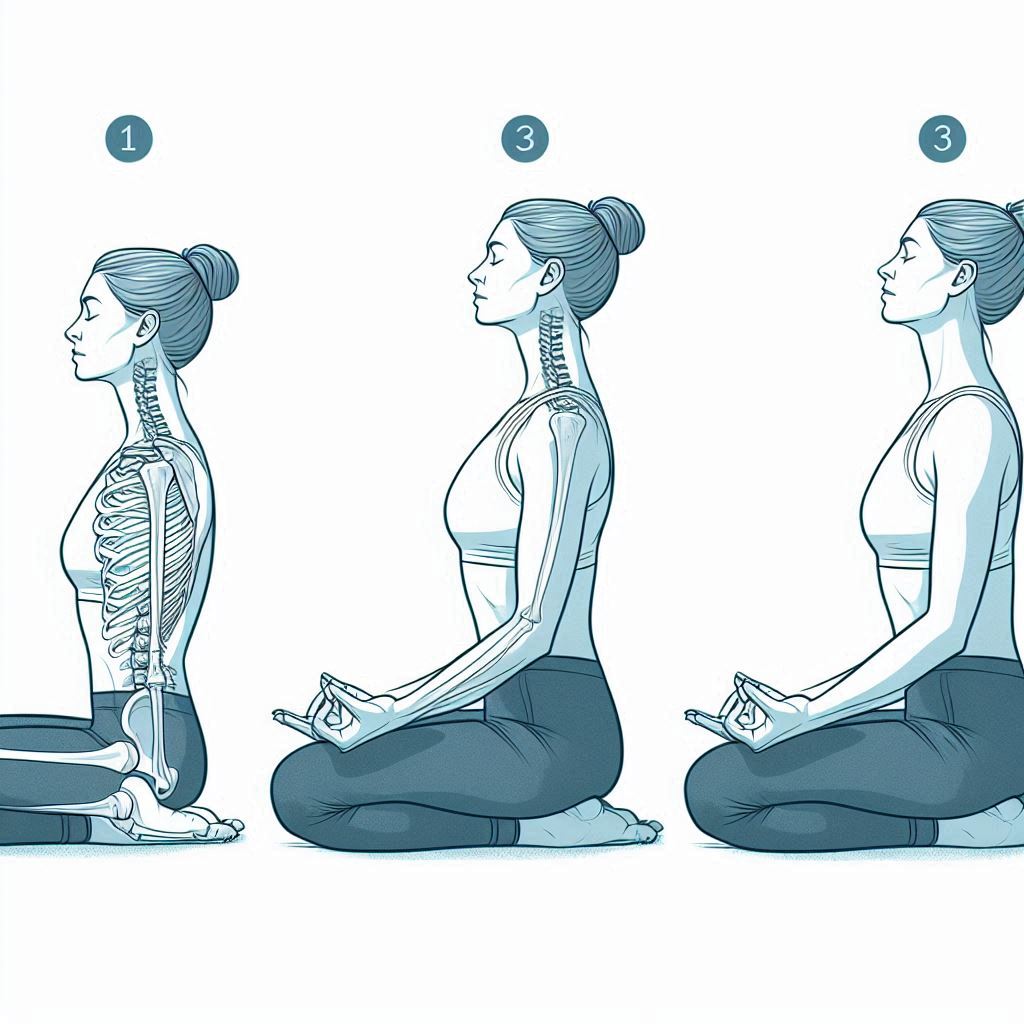
Staff Pose (Dandasana)
The Staff Pose helps strengthen the spine and improve posture. Here’s how to do it:
- Sit with your legs extended and your hands resting on the floor beside your hips.
- Flex your feet and use your thigh muscles.
- Press your hands into the floor, lengthening your spine and lifting your chest.
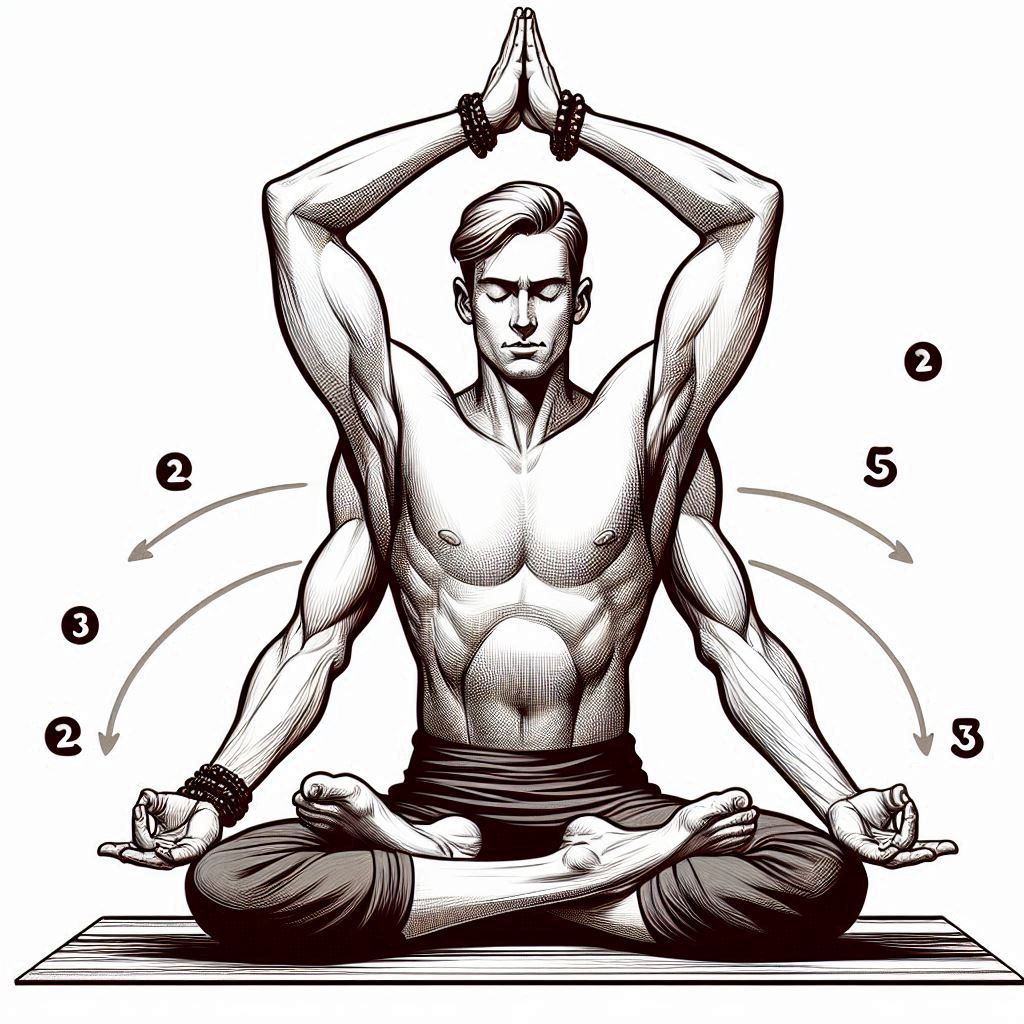
Seated Twist (Ardha Matsyendrasana)
The Seated Twist is effective for detoxifying the spine and improving digestion. To perform this pose:
- Sit with your legs extended, then bend your right knee and place your foot on the outside of your left thigh.
- Inhale, lengthen your spine, and twist your torso to the right, placing your left elbow on the outside of your right knee.
- Maintain the position, then switch to the other side.
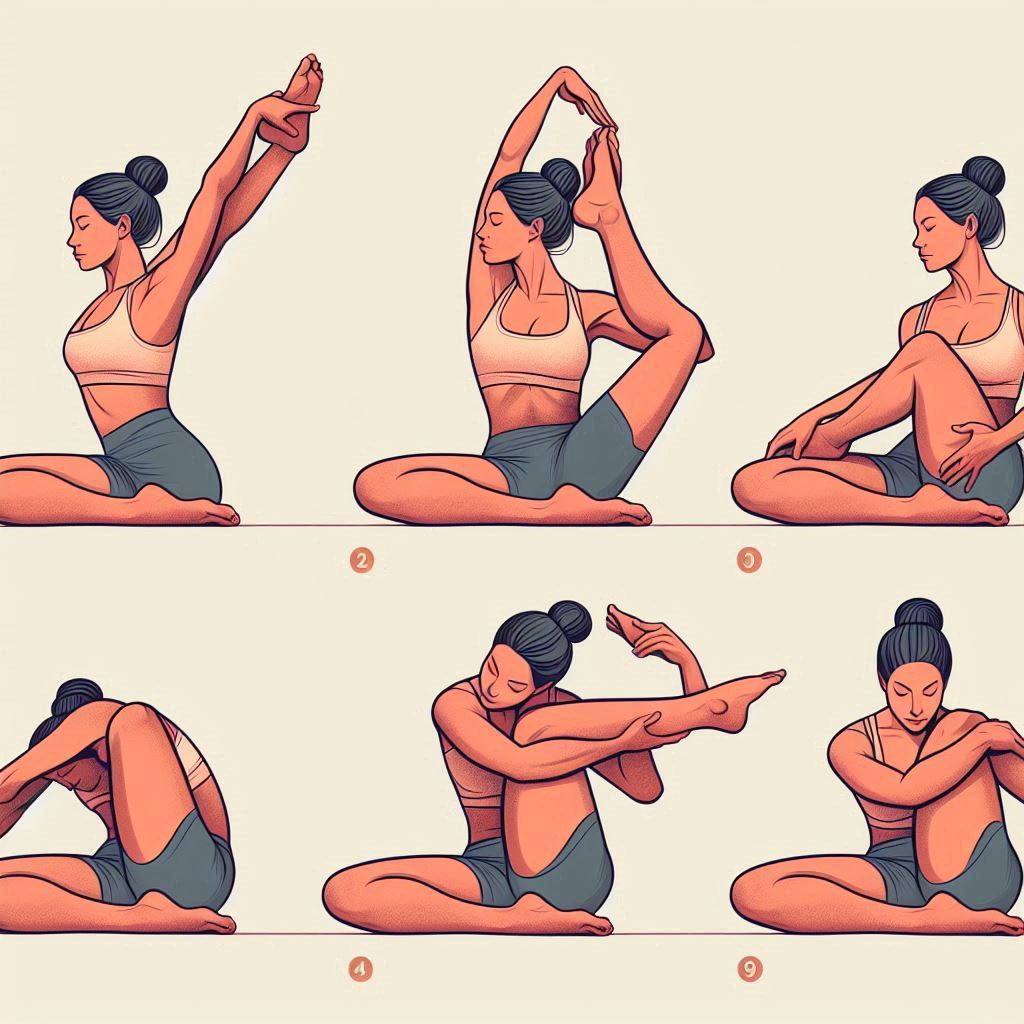
Integrating Seated Yoga Poses into Your Routine
To reap the full benefits of seated yoga poses, it is essential to practice regularly and mindfully. Here are some tips to help you integrate these poses into your daily routine:
- Start with a Warm-Up
- Before diving into seated yoga poses, warm up your body with some gentle stretches and movements. This can include neck rolls, shoulder shrugs, and gentle twists to prepare your muscles for the deeper stretches.
- Focus on Your Breath
- Breath awareness is crucial in yoga practice. As you move through each seated yoga pose, maintain a steady and deep breath. This not only helps you relax but also enhances the effectiveness of the stretches.
- Practice Mindfulness
- As you hold each seated yoga pose, focus on the sensations in your body and let go of any distracting thoughts. This mindfulness will enhance your overall experience and benefits.
- Consistency is Key
- To experience significant improvements in flexibility, posture, and stress levels, consistency is essential. Aim to practice seated yoga poses at least three to four times a week. Even a short session of 15-20 minutes can make a noticeable difference over time.
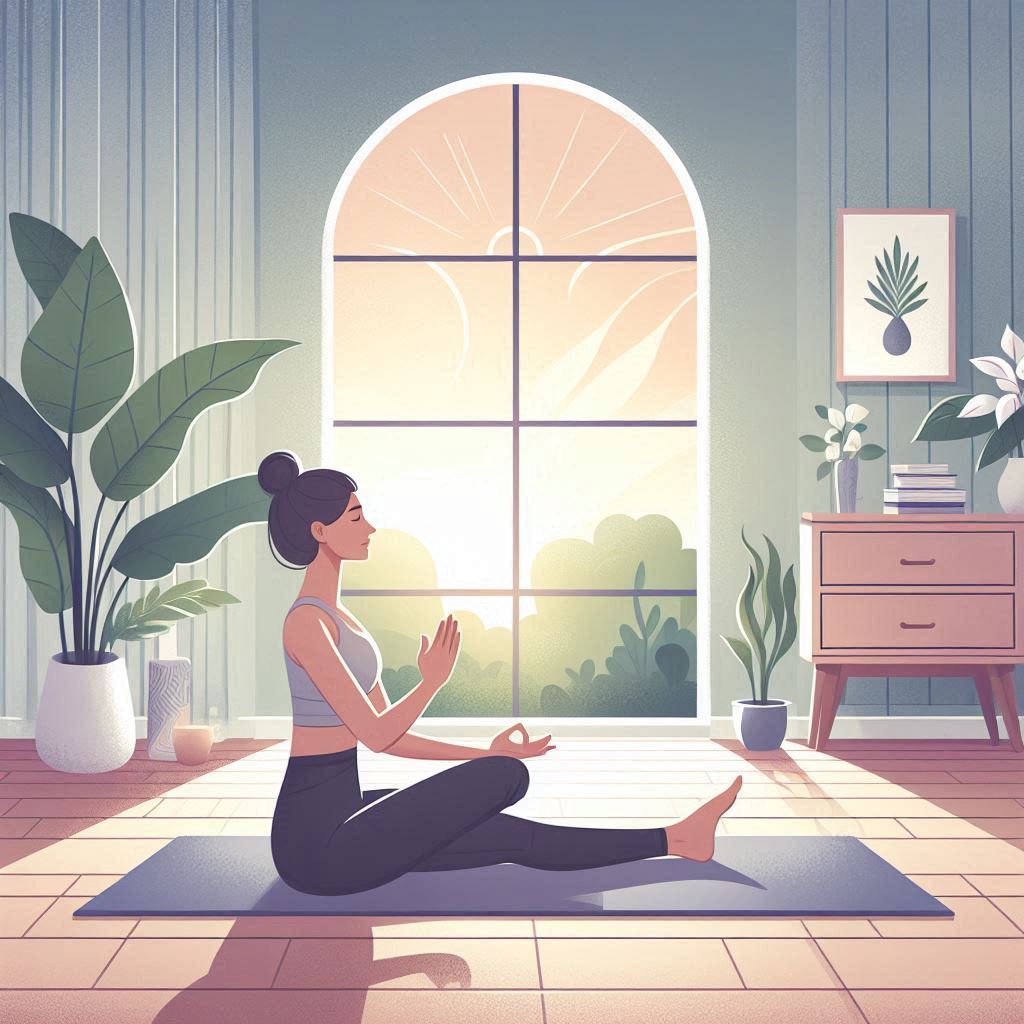
Combine with Other Yoga Practices
While seated yoga poses are beneficial on their own, combining them with other yoga practices can provide a well-rounded routine. Incorporate standing poses, inversions, and balance poses to create a comprehensive yoga practice that targets all aspects of your well-being.
Conclusion
Seated yoga poses offer a unique blend of physical and mental benefits, making them an excellent addition to any yoga practice. By improving flexibility, enhancing posture, and reducing stress, these poses contribute to a healthier and more balanced life. Remember to practice regularly, focus on your breath, and maintain mindfulness to maximize the advantages of seated yoga poses.







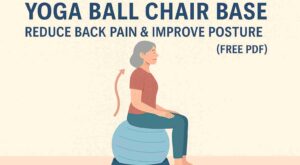


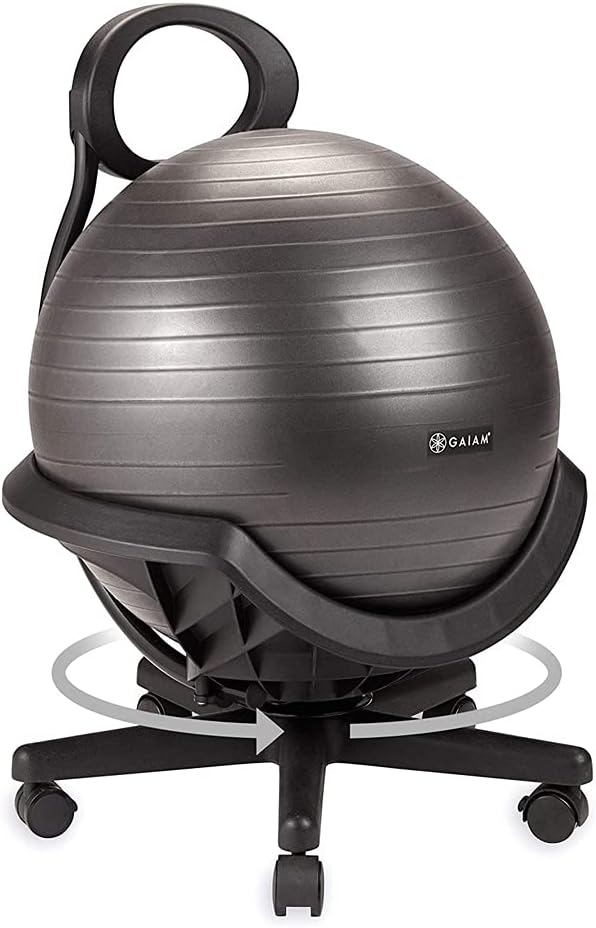

1 thought on “Seated Yoga Poses: Embracing Calm and Flexibility”
Pingback: Chair yoga workout plan Free PDF - 2024